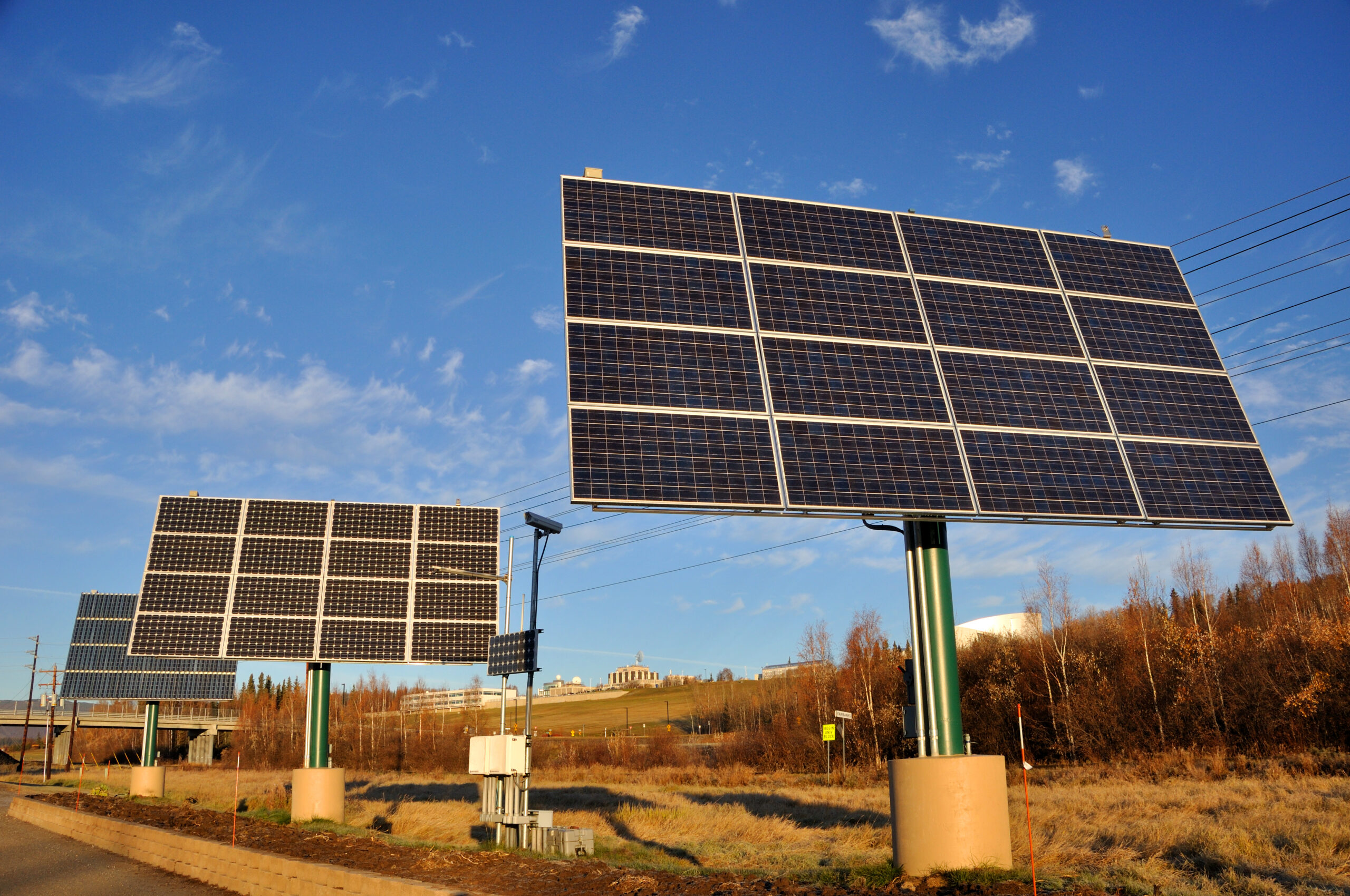
Horizon Power is rolling out industry-leading technology to unlock access to renewables, and reduce carbon emissions in microgrids across regional and remote Western Australia.
The technology – Distributed Energy Resources Management System (DERMS) – will allow rooftop solar, battery, and electric vehicle customers to safely integrate with utility-owned energy resources, such as power stations, solar farms and batteries.
DERMS can monitor and orchestrate generation from customers in real-time, and will be rolled out in Broome in early 2023, and then other regional microgrids by mid-2024.
Using predictive analytics, including weather pattern analysis, the technology forecasts energy generation and demand – to ensure the energy system remains stable.
Last year, Horizon Power delivered a ground-breaking demonstration where this technology enabled more than four times the amount of rooftop solar to be installed compared to a traditional energy system.
The DERMS was able to safely integrate high levels of rooftop solar and storage – along with utility owned renewables, to power the town of Onslow with 100 per cent renewable energy.
Horizon Power was the first Australian utility to deploy a DERMS on a regional microgrid.
Energy Minister Bill Johnston: “It is an exciting time for the energy industry – with the McGowan Government supporting the evolution of the sector towards a cleaner, greener energy future.
“A Distributed Energy Resources Management System will allow Horizon Power to safely integrate more customer and utility solar into its networks than ever before.
“The technology system will increase solar access for regional and remote areas, and give customers an opportunity to lower energy bills and reduce carbon emissions.”
Kimberley MLA Divina D’Anna said: “This is very exciting for the Broome community, as it will allow more households to embrace rooftop solar – and other clean energy technologies.
“The Kimberley is one of the sunniest regions in Western Australia, so this is a great opportunity for the community to be leaders in the transition to net zero emissions by 2050.”










